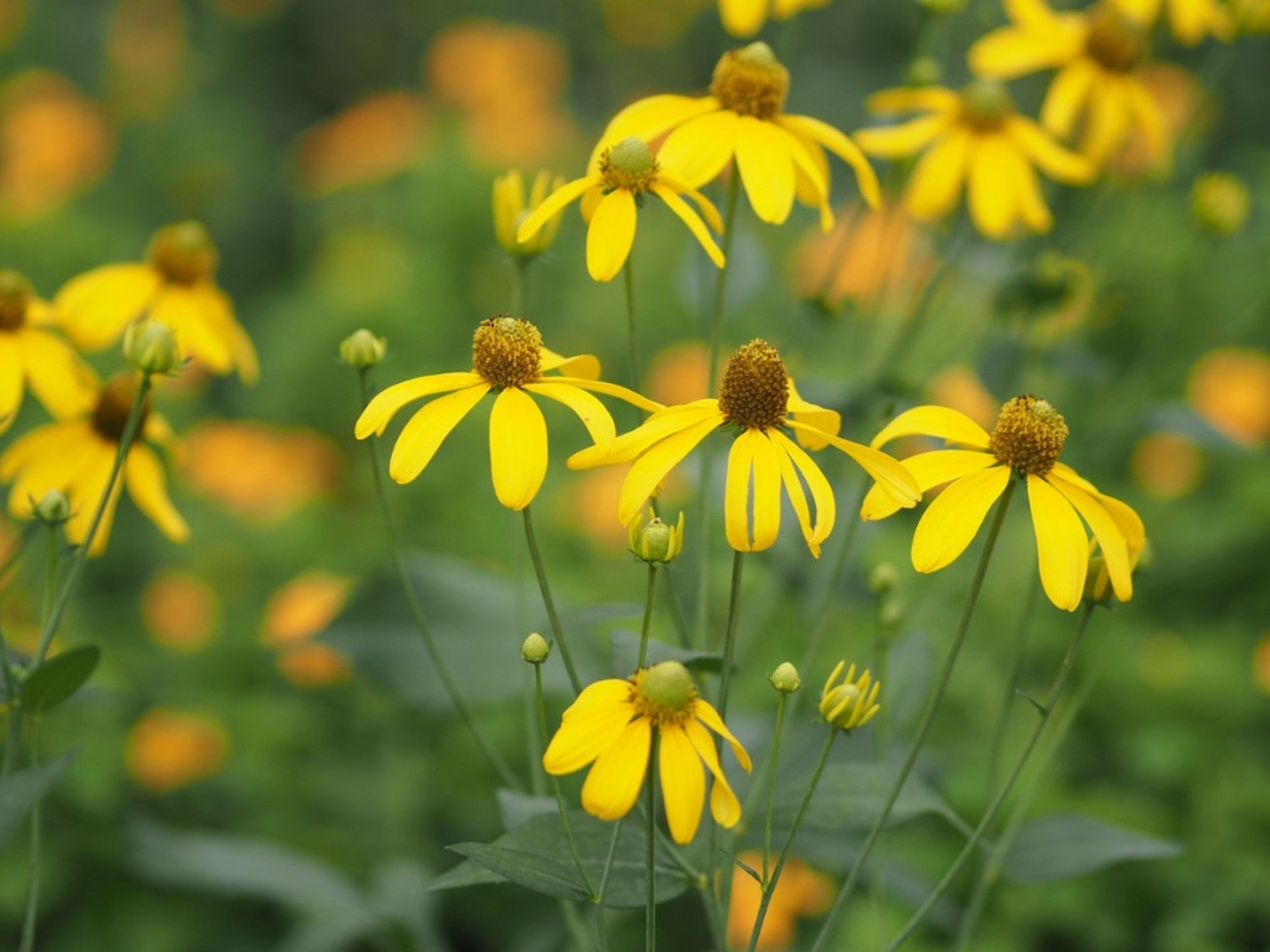Growing Cutleaf Coneflower - Is Cutleaf Coneflower A Weed


Cutleaf coneflower is a North American native wildflower that produces striking yellow blooms with drooping petals and a large central cone. While some people find it weedy, this is a pretty flower for native plantings and naturalized areas. In its native range it thrives and is low maintenance.
About Cutleaf Coneflower
Cutleaf coneflower (Rudbeckia laciniata), is a sunflower-like wildflower native to much of Canada and the U.S. You’ll find it in open forests, wet meadows, thickets, pastures, and along riverbanks. A related species is black-eyed Susan.
Also known as green-headed coneflower, wild goldenglow, and sochan, this flower grows up to nine feet (3 m.) tall. The flowers are yellow with a large greenish cone. The cone turns brown as seeds develop. The seed cones attract some native bird species, while the flowers bring pollinators.
Is Cutleaf Coneflower a Weed?
Cutleaf coneflower is a wildflower, but some gardeners may find it weedy. It spreads aggressively through underground stems, so it can take over beds if you are not careful. It’s not an ideal plant for a formal garden or beds and borders with neat edges.
How to Plant Cutleaf Coneflower
Cutleaf coneflower seeds are easy to plant and grow. You can start them indoors and transplant outside, or simply scatter the seeds for a naturalized garden or meadow and wildflower garden. Plant in a location that gets full to partial sun and where the soil is average and doesn’t dry out too much. If you have a moist area of the garden or natural area, it will do well there.
To share or transplant cutleaf coneflower, divide the roots and rhizomes. They transplant readily, but you also may want to divide the plants simply to maintain their growth. They spread rapidly and easily to fill spaces.
Cutleaf Coneflower Care
Growing cutleaf coneflower in its native range is quite easy. It prefers moist soil and humidity. If planted in a drier area, you may need to water occasionally. Once established, cutleaf coneflower should not need watering or much attention at all.
Sign up for the Gardening Know How newsletter today and receive a free copy of our e-book "How to Grow Delicious Tomatoes".
Cutleaf coneflower blooms in summer and if you remove the spent flowers it encourages a second bloom in fall. Leave the seed heads in place in fall to attract birds. Since they grow so tall, you may need to stake the flowers.

Mary Ellen Ellis has been gardening for over 20 years. With degrees in Chemistry and Biology, Mary Ellen's specialties are flowers, native plants, and herbs.